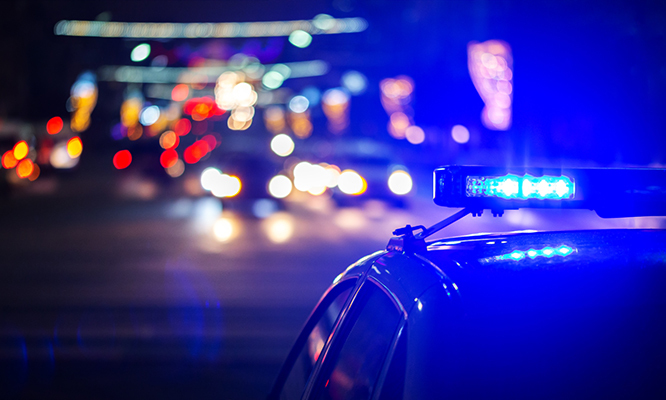Active Shooter Training
Law Enforcement Active Shooter Response Training
While law enforcement officers are regularly trained to handle a variety of high-risk situations, the dynamics of active shooter scenarios present unique challenges. As first responders on the scene, officers need to instantly shift gears and deploy specialized tactics. Comprehensive training is critical and ensures officers can deploy swift tactical action to neutralize threats.
Take our 3-Minute Readiness Assessment
Active Shooter Protocols for Law Enforcement
Our police force is a critical line of defense in a world where unpredictability is often the norm. Addressing the need for specialized protocols, this section highlights the steps officers must take during an active shooter situation:
- Rapid Assessment: Swiftly gauge the scale, location, and nature of the threat.
- Communication: Relay accurate information to dispatch and other units on the scene.
- Tactical Entry: Approaching the threat with caution, ensuring minimum exposure.
- Neutralization: Employing force when necessary to subdue the active shooter.

Strategies to Stop the Bleed
Law enforcement officers are first responders, and they need to be well-versed in first aid. In active shooter incidents, bleeding control can be a lifesaving measure, as officers wait for medical professionals to arrive. The following techniques are essential:
- Ensure safety first: Before assisting victims, ensure the scene is secure.
- Rapid Triage: Identify the injured who need immediate attention.
- Use of Equipment: Utilize field dressings, tourniquets, or pressure to stem bleeding.
- Evacuation: Where possible, relocate the injured to safer zones for further medical aid.

Bleeding Control Techniques for Officers
Officers who are first on the scene may need to help with injuries – whether it’s their own, their team members, or those of civilians. The severity and nature of injuries can differ based on the situation, so knowledge of various first-aid techniques is crucial. The techniques outlined below can be critical:
- Have self-aid kits readily accessible.
- Familiarize oneself with quick application of tourniquets or bandages.
- Understand the nuances of gunshot wounds or blast injuries.
- Stay updated with evolving first aid measures and techniques.

Prioritize Safety with AVIRT Training
Whether you want to train your team or instruct organizations and individuals in your community, AVIRT gives you the flexibility to conduct active shooter and emergency bleeding control training that is effective. Enhancing active violence response skills not only safeguards communities but also helps to ensure officers return home safely after each shift.
Learn more about AVIRT and becoming an authorized AVIRT Instructor.
